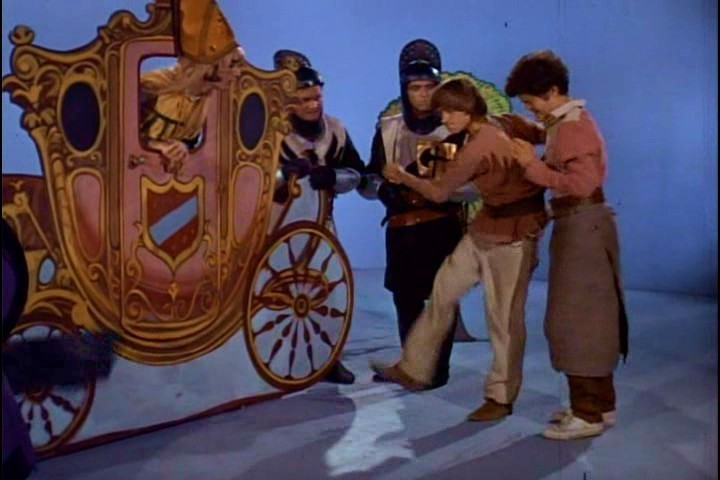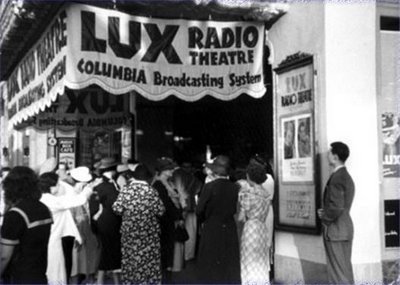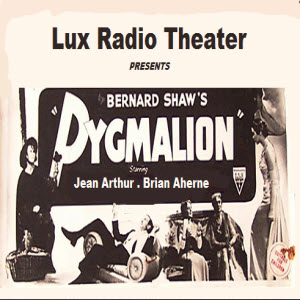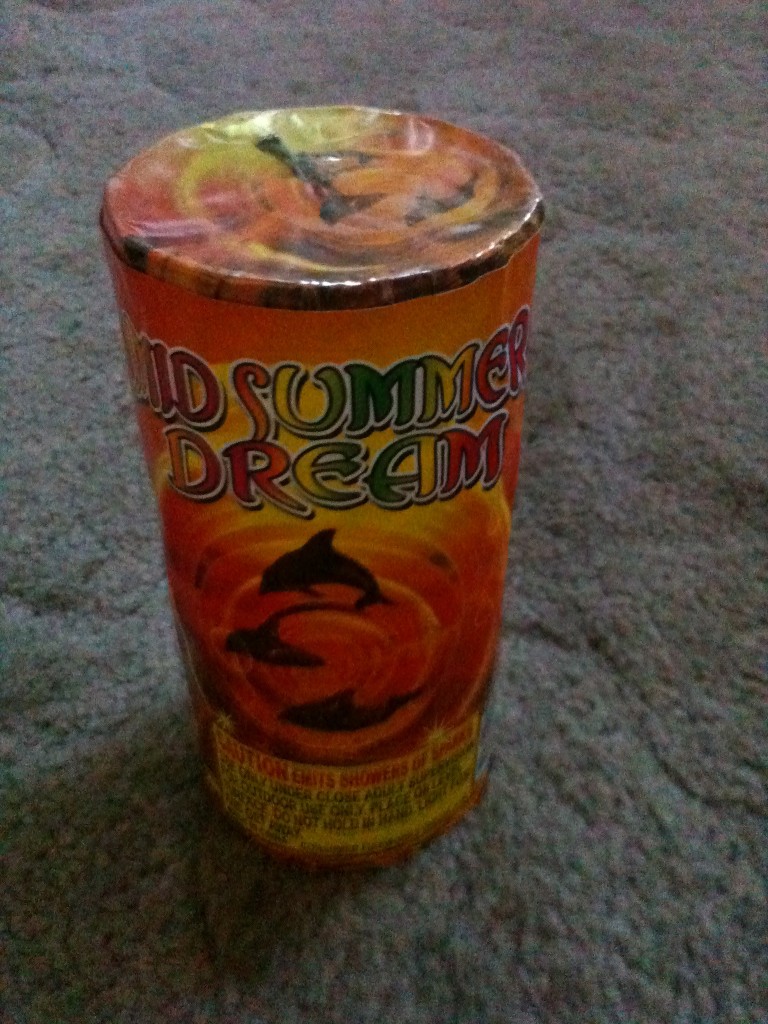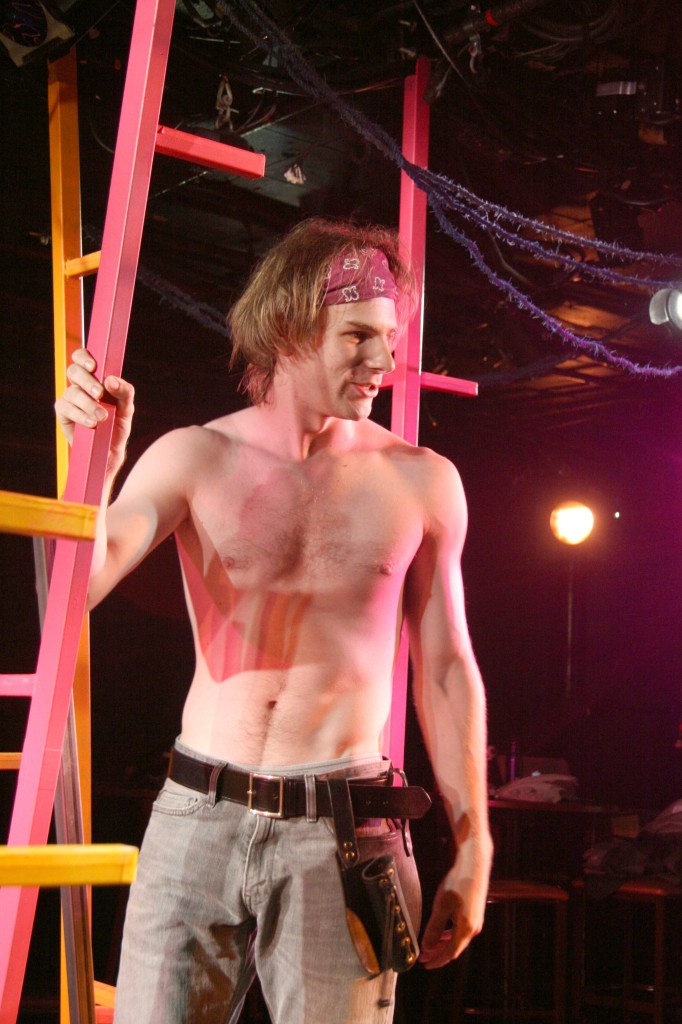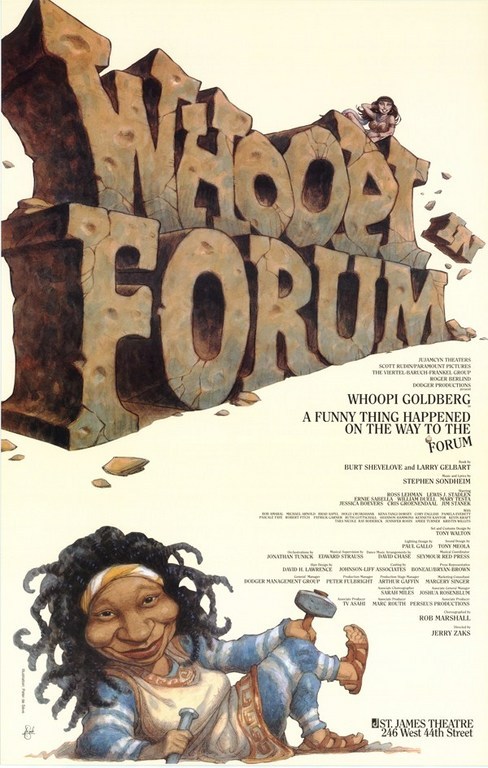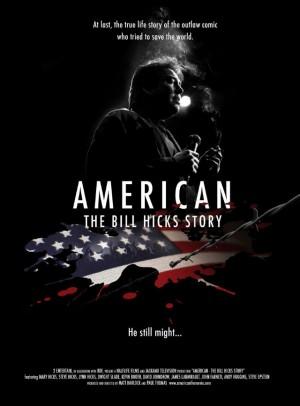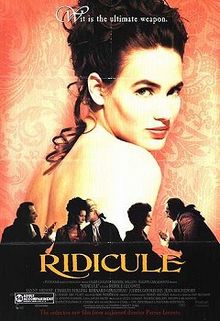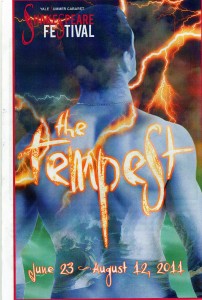
As You Like It
Part of the Yale Summer Cabaret Shakespeare Festival, playing in repertory with The Tempest and Rose Mark’d Queen through August 13. Directed by Louis Proske. Scenic designer: Kristen Robinson. Costume designer: Kristin Fiebig. Lighting designer: Alan C. Edwards. Sound designer/composer: Nathan A. Roberts. Dramaturg/Associate Artistic Director: Elliot B. Quick. Artistic Director: Devin Brain. At the Yale Cabaret, 217 Park St., New Haven. (203) 432-1567.
Somebody at Yale should write a thesis on how the Yale summer theater’s production of the Tempest features a Prospero so diffuse that his lines (arguably the second greatest powerful-old-man role in Shakespeare, behind King Lear) are divvied up amongst all the members of the ensemble, while each young character in As You Like It is carefully and thoughtfully brought to life as a passionate individual.
The two plays are currently playing in repertory at the Cabaret’s underground (and in the case of As You Like It, also outdoor) space at 217 Park St., New Haven. They’re joined later this week by the Margaret amalgamation Rose-Mark’d Queen. The shows all have different sets, directors and concepts. Most members of the acting ensemble appear in two of the three plays; of the six performers in The Tempest four are also among the ten-person cast of As You Like It.
Last time I saw a production of As You Like It done by Yale students, at the school’s Iseman black-box space in 2003, it had a swinging ‘60s theme and the entire play had been renamed “Can You Dig It?”
The previous time I liked As You Like It at Yale was in 1994, when the School of Drama’s then-Dean Stan Wojowodski directed an all-student production featuring Paul Giamatti as Jacques and Lance Reddick as one of the Dukes. That one was done as a vivid, pastel-colored cartoon which had the characters luxuriating and meditating on rolling green lawns.
I’ve seen the play done successfully several times by young casts at other colleges and community theaters. I even saw the 1974 American tour of the National Theatre’s fabulous all-young-male production, and it was every bit as legendary as you may have heard it was.
On the other hand, nearly every “adult” production I’ve ever seen of the show (including some star-studded endeavors at major Shakes festivals) has sucked. The required crossdressing was played for superficial laughs, the wrestling and foraging lacked credible determination. An As You Like It directed by John
I think As You Like It has special appeal for smart youth just beginning to make their way into careers and creative fulfillments, wanting to proclaim and define their gender identities, wanting to explore possibilities. If the muse of the memorable “Can You Dig It?” (directed by Brendan Hughes) was free love, the undercurrent of this one (directed by Louisa Proske) is free thought. Walt Whitman’s Leaves of Grass is recited (and surreptitiously quoted in the program—“And a mouse is miracle enough to stagger sextillions of infidels”—on the back of a poster touting
There are plenty of commendable staging and design concepts here: a full-audience trip outside to the Cabaret courtyard, where you see cast members loitering, in character, on the pathways and where a wrestling ring is constructed before your very eyes. When the crowd is summoned back indoors, the forest of Arden has magically appeared. The tree’s leaves are crumbled bits of paper, a shady foreshadowing of Orlando’s plastering of the trunks with love poems about Rosalind.
Yet the greatest pleasures in this full-bodied production are to be had from its human transformations, not the scenic ones. Seeing Adina Verson return to the male drag—virtually the same outfit!—she donned as Yitzak in last year’s summer cabaret production of Hedwig and the Angry Inch—is heaven for the many fans of that gender-bent rock show. Currently stuffing her crotch as a hermaphroditic Ariel in the SumCab’s Tempest, Verson does a much fuller masculine impersonation as Ganymede, aka Rosalind in disguise. In fact, since his Ganymede is more deeply played than the Rosalind which begets him, Verson goes well beyond playful disguises; she makes us ask basic questions about sexual attraction and male bonding.
Again, as a special treat for those of us aware of Cabaret shows BSF (Before Shakespeare Festival), seeing Tara Kayton—Managing Director of the 2010-11 school-year Yale Cabaret season, and producer of this summer season—as a deadpan gun-toting guardsman is a ripe jest: who better than a theater manager to order patrons around and get them back into their seats? When Kayton returns as the smitten shepherdess Phebe, we see a warmer, whimsical side—and again, who better to herd sheep than a theatrical producer?
As with The Tempest, the Cabaret ensemble has to change hats and jackets so often to effect the smaller roles that an overall sense of pace and tone is lost. Disbelief is not suspended. But what’s lost in consistency is gained in focused scenework performed by the best available actors. Ensemble players like Matt Biagini and Paul Lieber look ideal for the authoritarian cads they play in the opening scenes of this city-to-country traverse. In most productions, that’s all they’d get to do. Yet Lieber’s singing and guitar-playing (essentially the role of Amiens in Shakespeare’s script, but generalized here as “Forest Lord”) anchors the forest scenes, and Biagini as Jacques does the most natural, extemporaneous-sounding “All the world’s a stage” oration I’ve ever heard.
Brenda Meaney (who plays both of the battling Dukes, making Duke Senior a gladhanding politician and Duke Frederick a trippy bearded Falstaff type) go for improv-comedy gusto, while others delicately underplay. Babak Tafti does both, going for the obvious old-man voice and cane as Adam in the play’s early scene, then boldly underplaying the court jester Touchstone.
Here, Rosalind and Celia—the young women whose journey from safe high-born upbringings into the dark forest beyond the duchy provides the play with its central sexual-awakening metaphor—seem more amused at Touchstone’s openness and charm than they are at his creaky jokes. This fey, finetuned take on Touchstone (even when wooing Jillian Taylor’s sexually overcharged Audrey) adds volumes to the production’s air of longing, desire, experimentation, social awareness and class (in all its definitions). What’s not to like?
